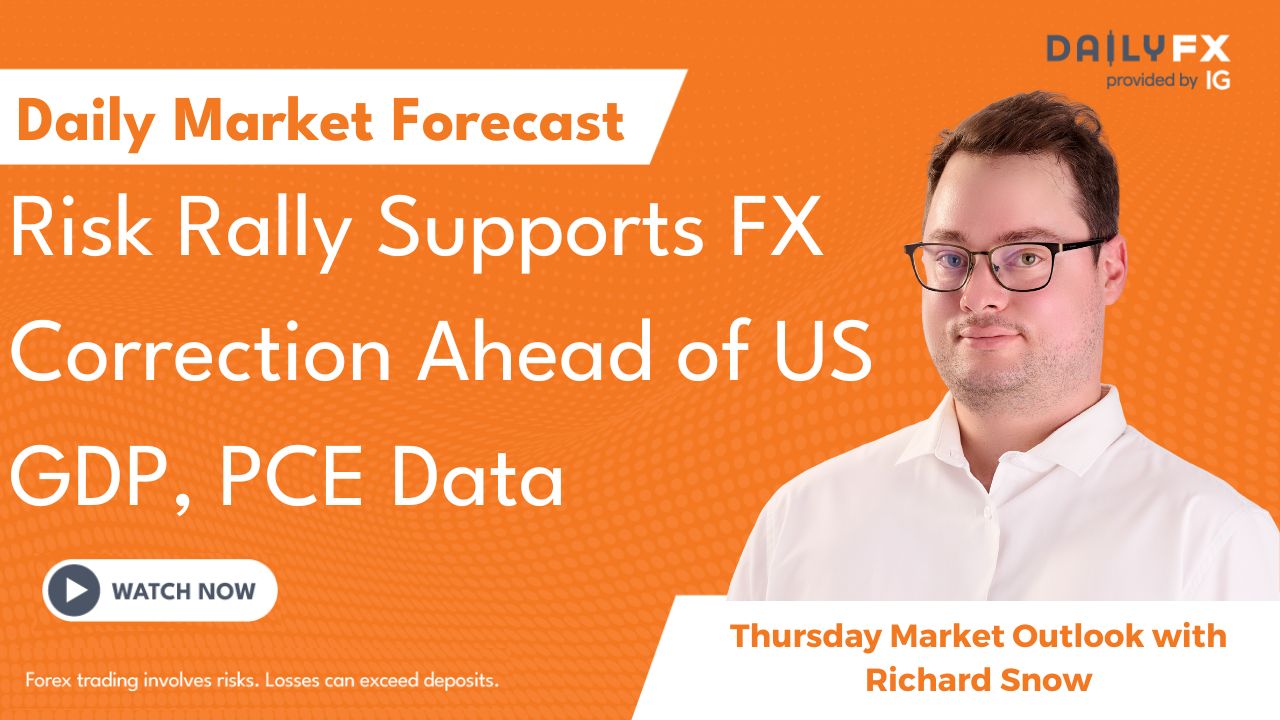To receive Ilya's analysis directly via email, please SIGN UP HERE
Talking Points:
- NZD/USD Technical Strategy: Short at 0.7275
- Kiwi Dollar trend line, range floor break hints a major top is now in place
- Short position activated, looking for a test of support below the 0.72 figure
The New Zealand Dollar turned lower as expected, breaking the rising trend guiding the currency higher against its US counterpart since early December. The plunge played out against a backdrop of risk aversion that gripped financial markets amid worries about a steep Fed rate hike cycle.
Near-term support is now at 0.7186, the 38.2% Fibonacci retracement, with a break below that on a daily closing basis opening the door for a challenge of the 50% level at 0.7109. Alternatively, a move back above the 23.6% Fib at 0.7282 and support-turned-resistance at 0.7321 exposes 0.7434 anew.
The bearish chart setup appeared to be reinforced by attractive risk/reward parameters and a short NZD/USD position was activated at 0.7275, initially targeting 0.7186. A stop-loss will be activated on a daily close above 0.7321. Partial profit will be booked and the stop-loss trailed to breakeven upon hitting the first objective.
Find out here what the #1 mistake that traders make is and how you can fix it!







